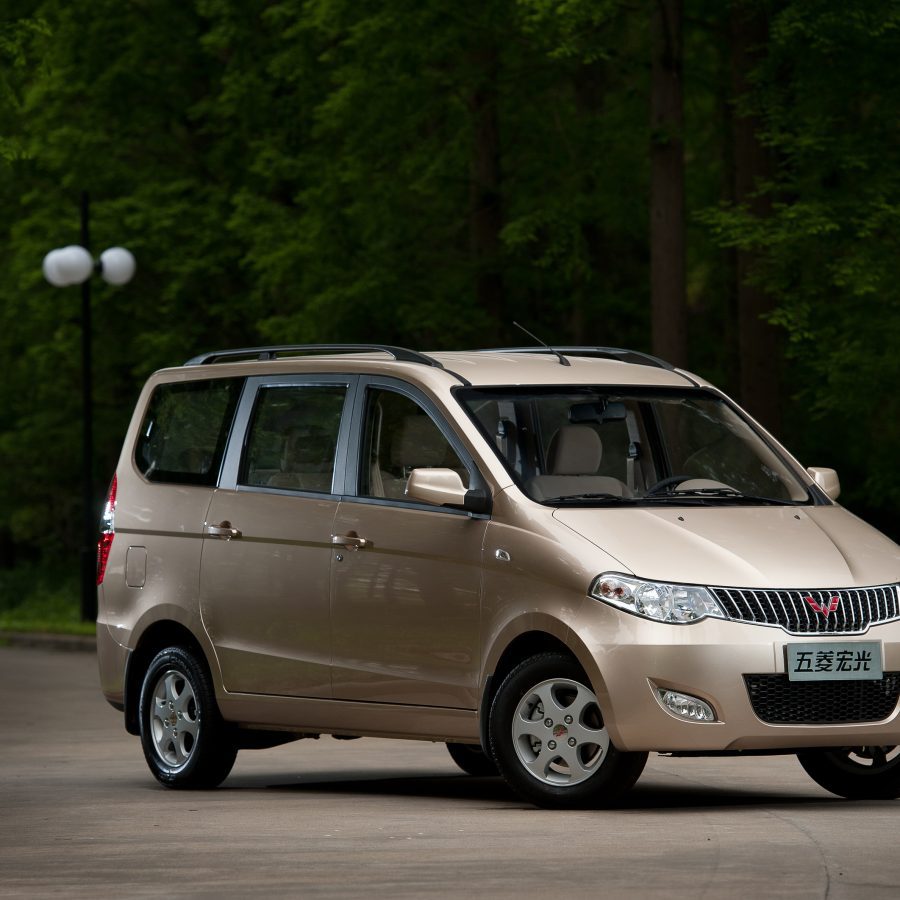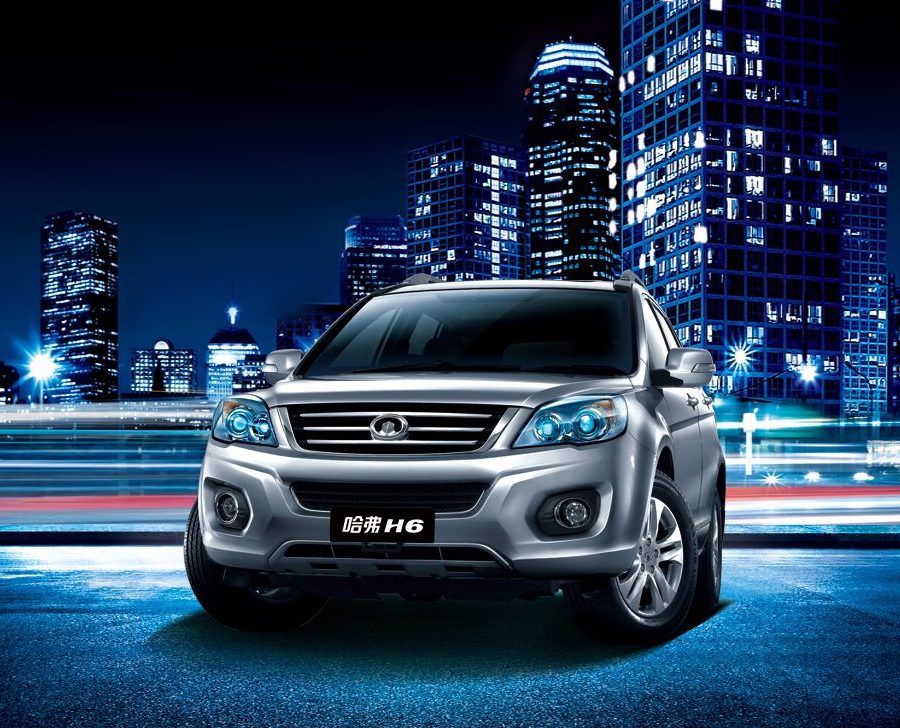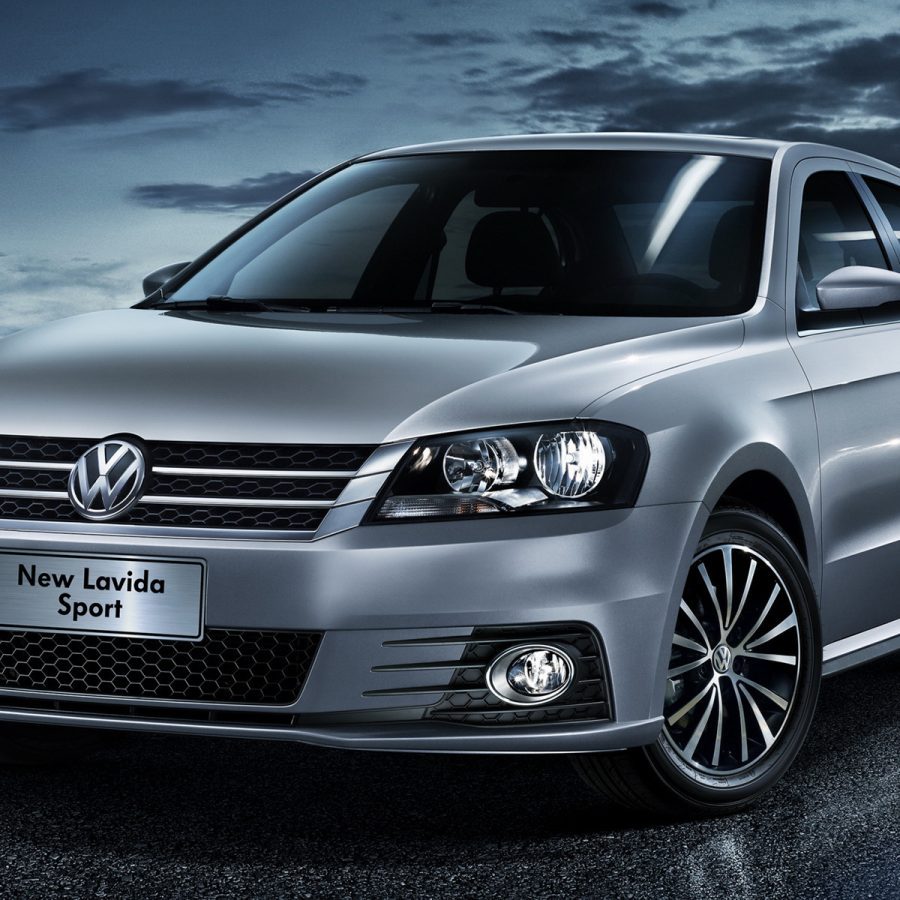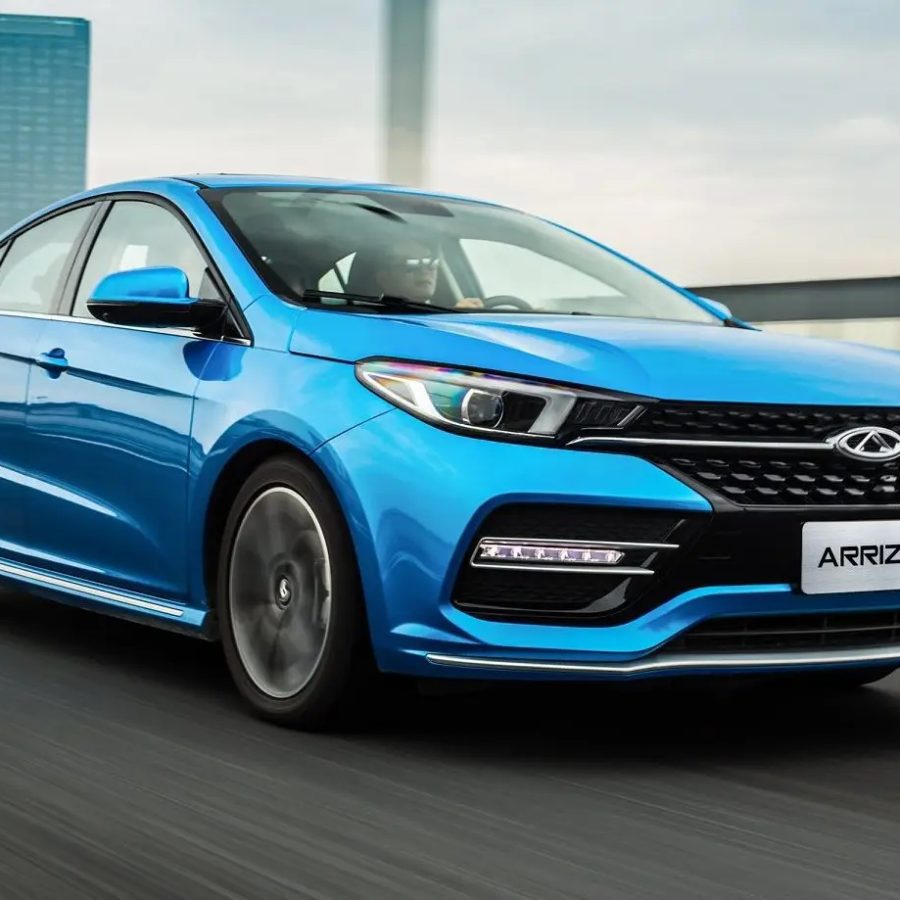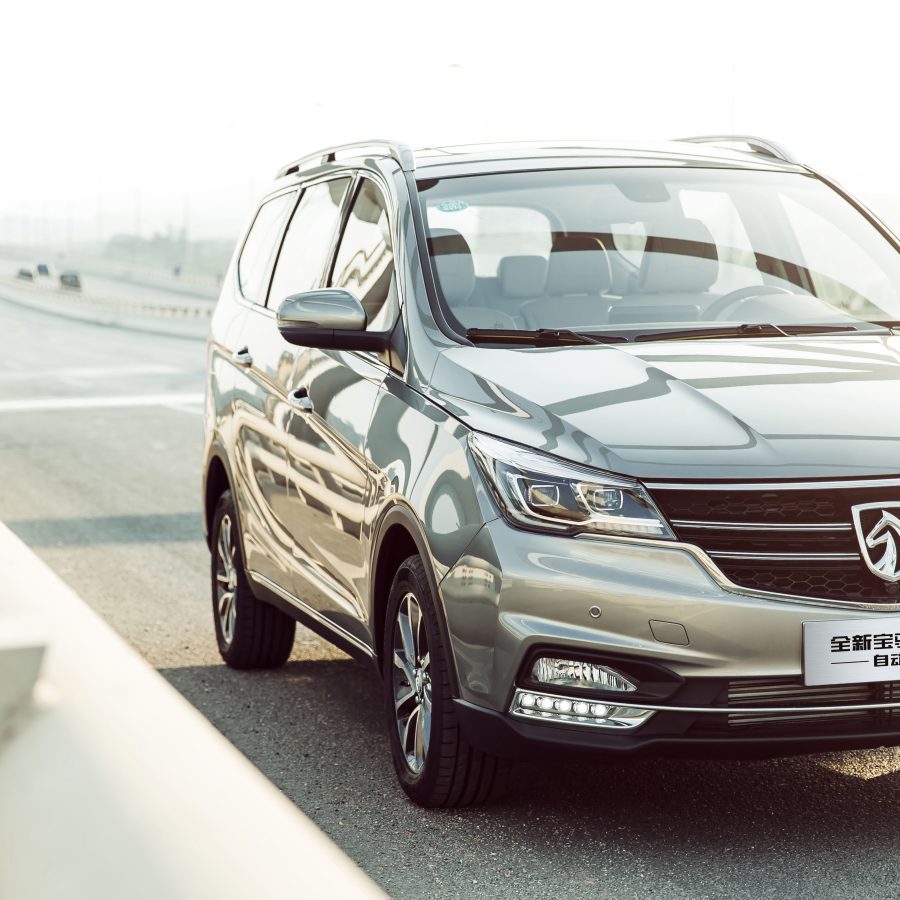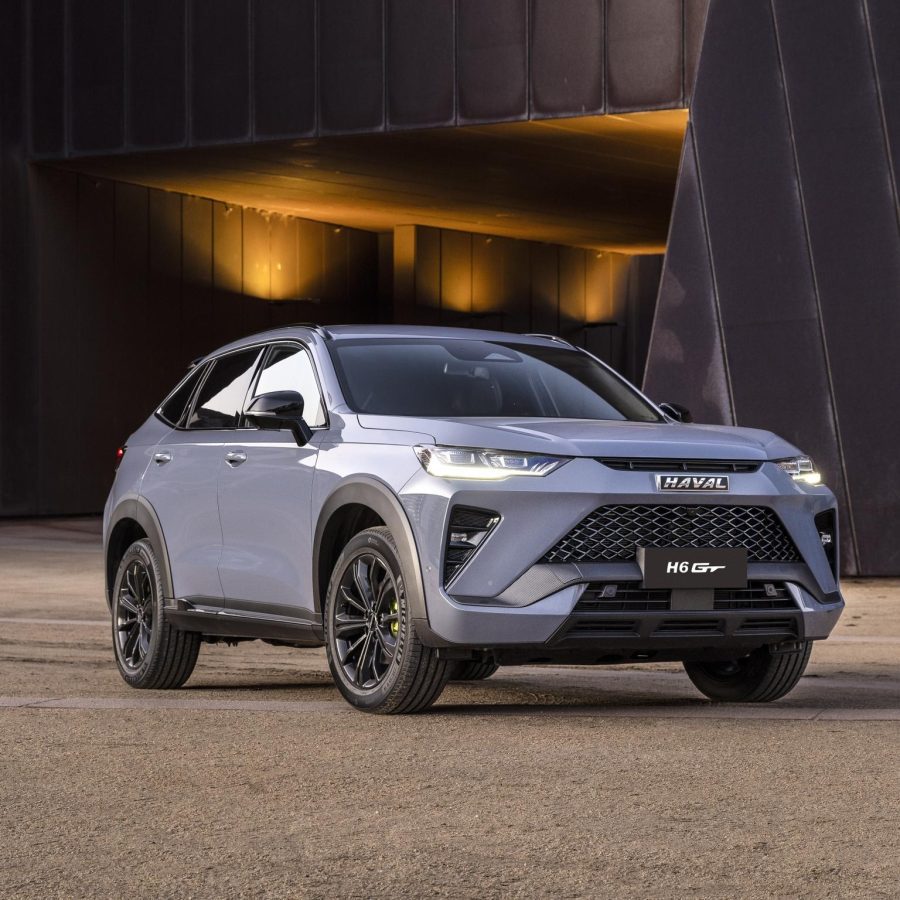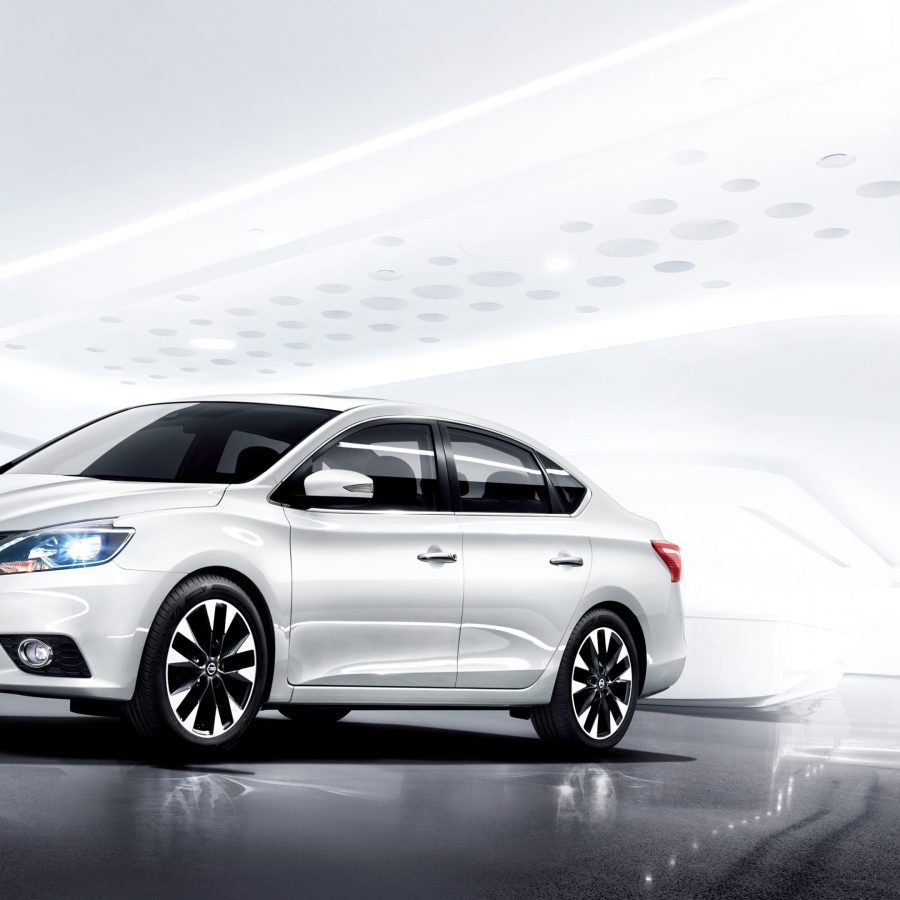2016 China Automotive Sales Research
Despite concerns over China's economic slowdown, vehicle sales in China grew significantly in 2016. Approximately 28 million vehicles were sold, marking an increase from 2015. The country maintained its position as the world's largest car market. To counter the economic slowdown, the Chinese government had reduced the purchase tax on cars with engines of 1.6 liters or smaller from 10% to 5% in late 2015. This incentive was extended into 2016, though it was slightly adjusted by the end of the year to a 7.5% tax rate. The stimulus was a significant driver for the growth in vehicle sales. The preference for SUVs only grew stronger in 2016. This segment witnessed the fastest growth, with Chinese consumers increasingly leaning towards larger and more spacious vehicles. The trend was bolstered by both international and domestic automakers launching new SUV models. Brands like Geely, Great Wall, and BYD continued to capture a larger share of the market. The quality and appeal of domestic vehicles improved, with many of them offering advanced features and better designs at competitive prices. Due to increasing concerns about pollution and traffic congestion, more cities in China started to implement restrictions on car ownership. This included license plate lotteries and auctions, which impacted the sales dynamics in various urban areas. The concerns about overcapacity from 2015 lingered into 2016. While sales were robust, the growth rate was expected to slow in the coming years, and there were apprehensions about the industry's production capacity outstripping demand.


